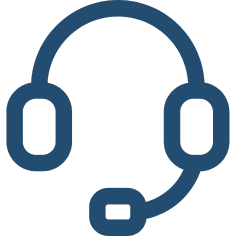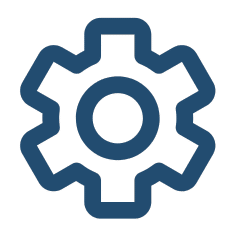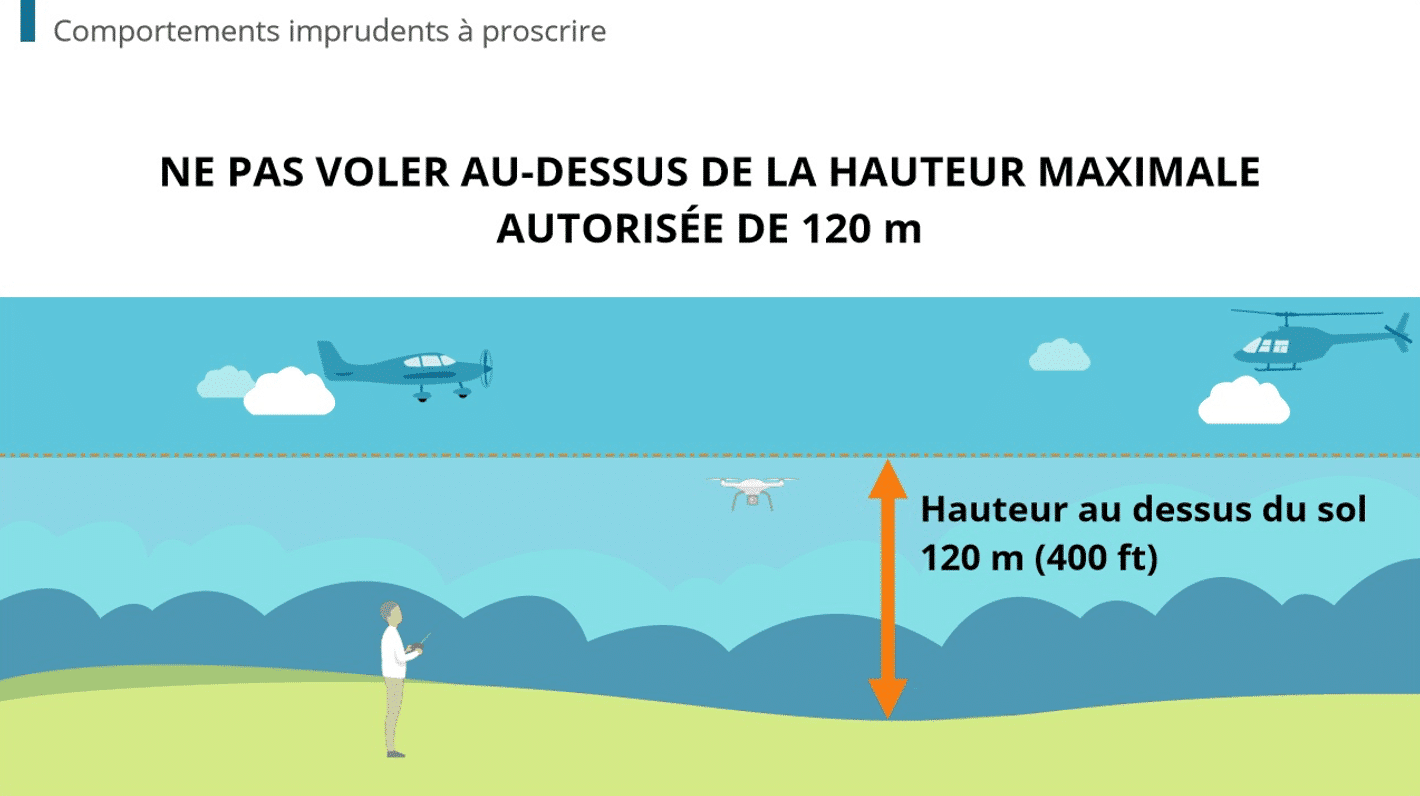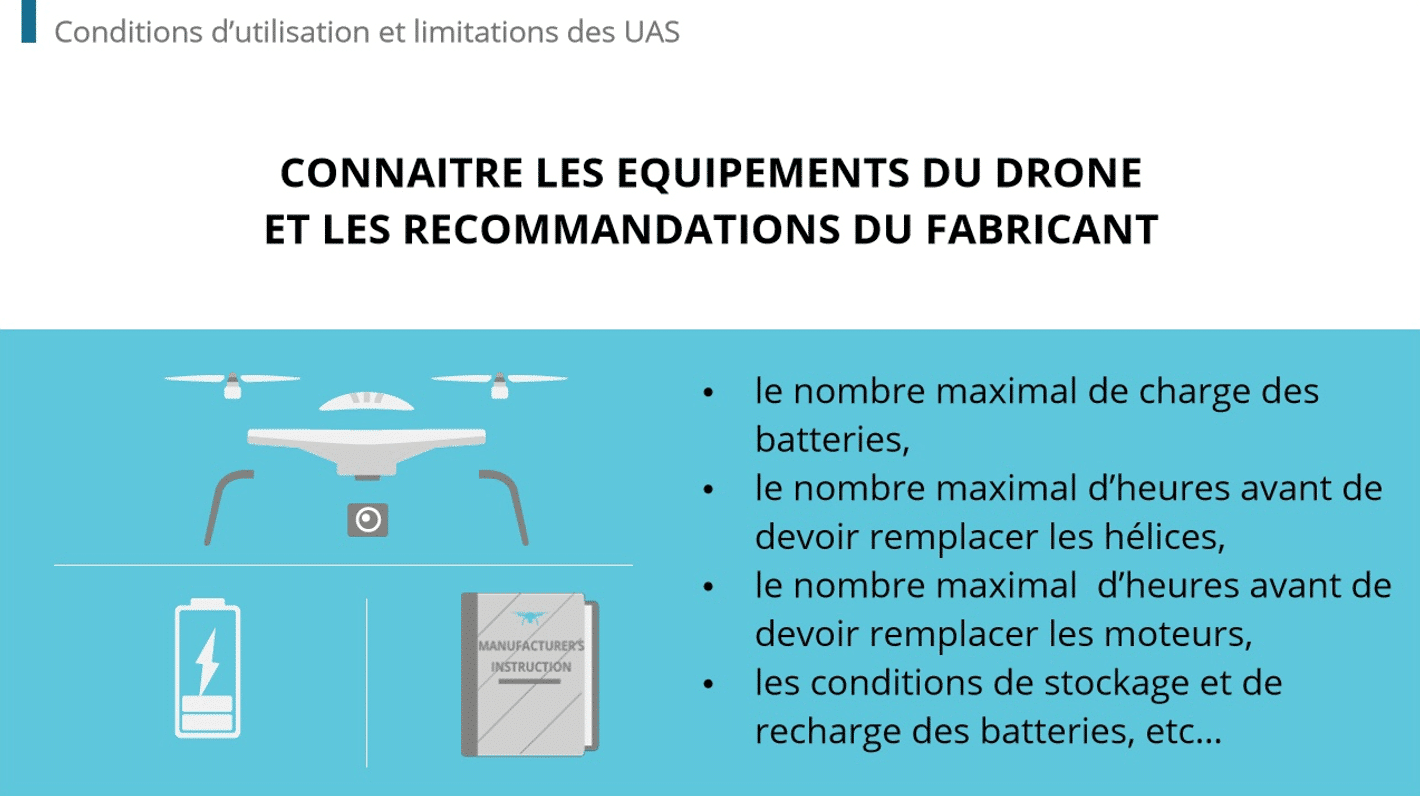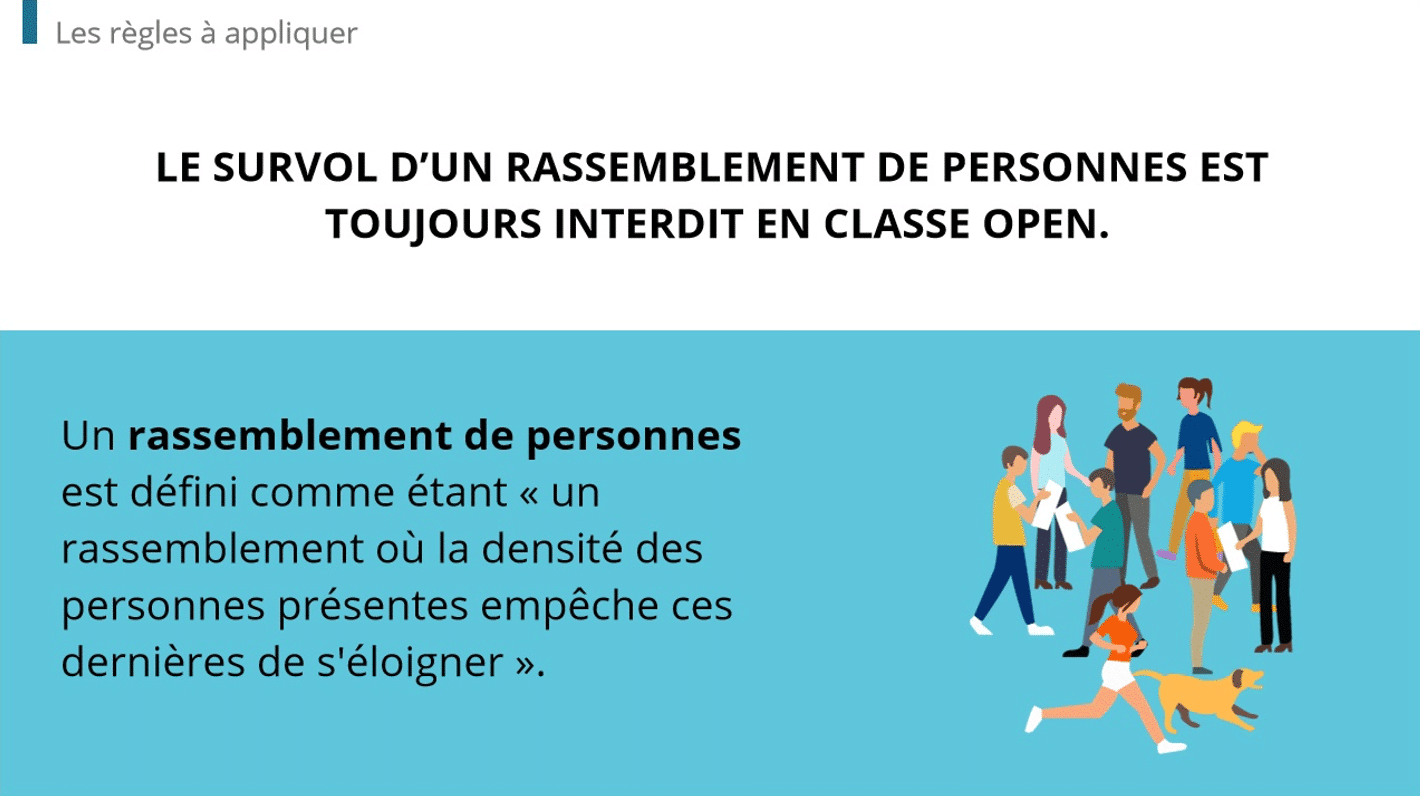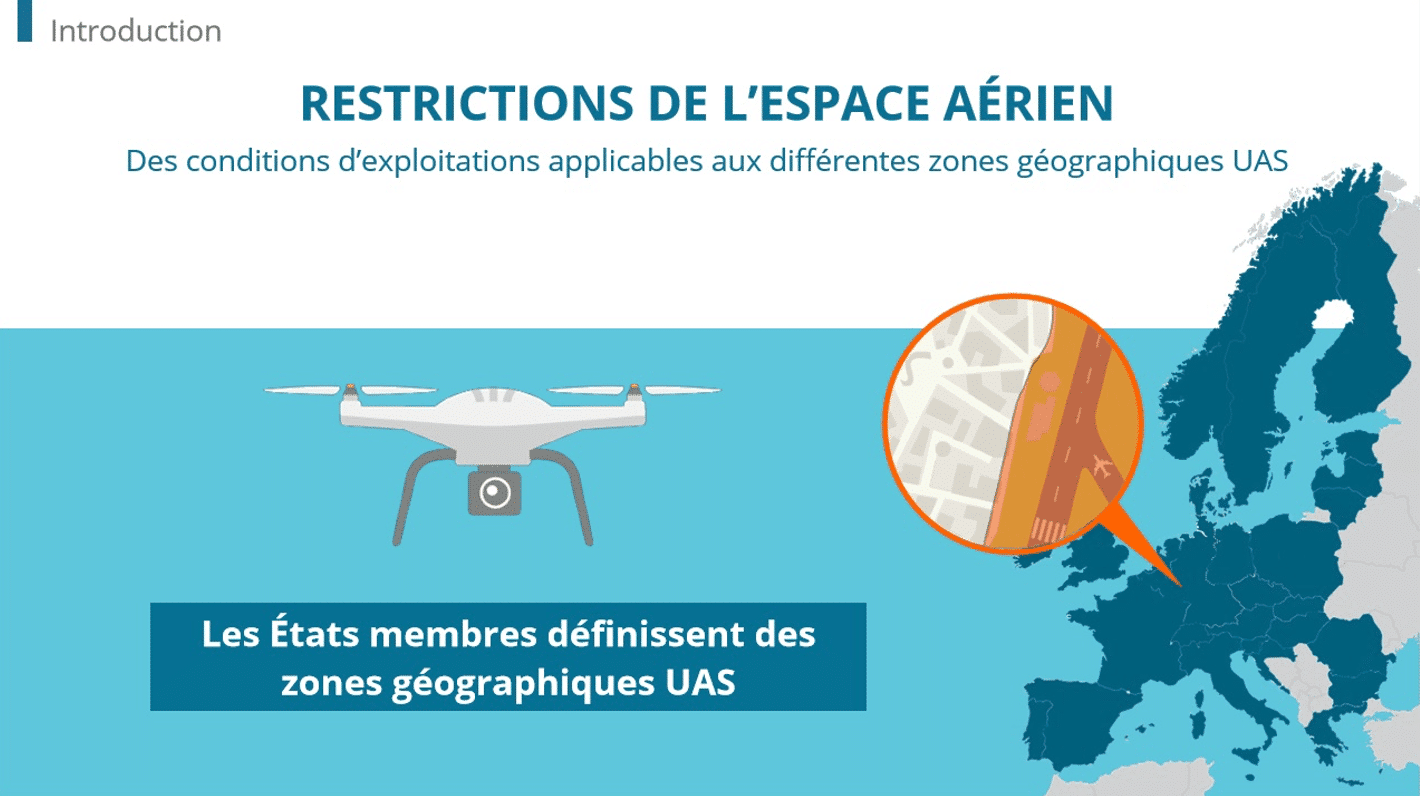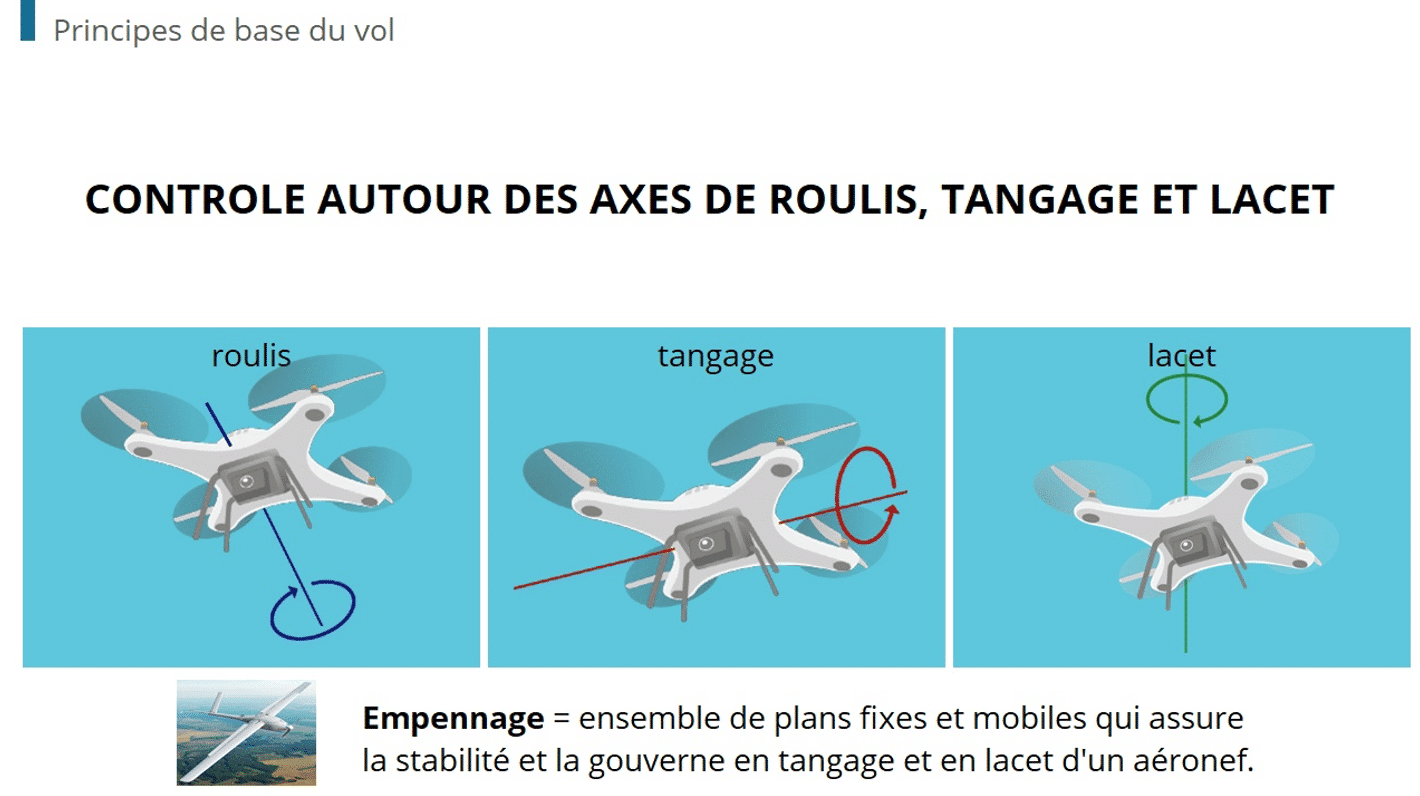According to the American Bureau of Economic Analysis, spending of the consumers remained above 2021 levels, landing at 2% as of November. Despite inflation and geopolitical crisis, Americans continued to consume. But until when? Facing with a challenging 2023, the commercial sector will have to adapt, even if it means going through sales training.
Sales savviness comes naturally with time and experience. Newcomers to the industry, though, require sales training specific to your sector and internal company requirements. Regardless of the niche, HR departments commonly come across training hiccups along the way. Here are the common challenges HR teams have reported and how to overcome them.
1. Soft skills training with Dokeos LMS
Many sales training courses focus heavily on sales tactics but tend to overlook the importance of soft skills development. What does the term “soft skills” imply? It encompasses non-technical skills, such as people-to-people interaction, leadership, public speaking, understanding body language, etc. Sales are all about communication, so there has to be some form of soft skills included in a sales training course.
Solution
Dedicate an entire section of your training to soft skills development with the help of Dokeos LMS. Just as you can’t learn to swim without getting in the water, you can’t develop soft skills without practice. The training cannot be limited to reading material and a quiz—it has to include practice in the form of role-playing. If there is in-person training, then have the students take turns being the salesperson and the customer. You can do the same in a virtual classroom.
2. Product training
The sales team doesn’t need to have the same degree of product knowledge as the product developers. However, they should have first-hand experience from a customer’s point of view. The sales training method will naturally have a heavy emphasis on areas pertinent to sales, such as customer journeys, sales funnels, and pain points. However, even the savviest salespeople can’t effectively get their point fully across if they have limited knowledge of the product/service.
Solution
Allocate a whole course module or unit to product training. Collaborate with the product developers to cover the main points the sales team will need to know. This may include areas like:
- Common questions that customers ask
- How the product is more beneficial than competing brands
- The problems the product/service is designed to solve
- The what, when, why, where, and how of the product
3. Training requests
Each department in a company may request that employees receive training in certain areas. The social media team, for example, may want the course to include a primer on social media sales pitching. Likewise, the customer service department may suggest a training module on customer etiquette. It can be a challenge to accommodate incoming requests from multiple departments, each with its respective vantage points.
Solution
Organise the process by having one or two representatives from each department submit a draft proposal. This could be in the form of a questionnaire with a separate open-response section. Review the proposals and include one or two rounds of follow-up feedback. Department reps can also submit their own training materials or outlines or provide links to existing courses for reference.
4. Lack of engagement
Even if the training is compulsory, trainees will do the bare minimum just to complete it and move on. When this is the attitude, course takers just rely on rote learning and quickly forget what they learned within days of training. The end result is very little retention and failure to apply what they learned in their day-to-day work setting.
Solution
The key is to make employees actually enjoy the training, or at least find it more tolerable. The best sales training methods include some form of gamification or competitive element with the help of Dokeos LMS. Incorporate trophies for the completion of each module, or give points based on quiz/homework scores. Students can see their rankings compared to other students. Students in the top placement can receive prizes like gift cards. A 2017 meta-analysis found that 12 of 15 studies concluded that gamification had a positive effect on engagement.
5. Lack of cross-collaboration
Training is often limited to a company’s employees or recruits. This is because training is considered a completely internal affair. Affiliates, subsidiaries, and sponsors tend not to get a say in the matter, even though employee training impacts their own interests and bottom line.
Solution
Through a learning management system, cross-collaboration with company affiliates and partners becomes far more manageable. Consider these methods of getting them involved.
- Invite them to any live virtual classrooms or webinars as observers.
- Share your course with them and ask for feedback.
- Give them authorised access to use any or all of your course material for their own employees. Alternatively, they can share their own materials for you to incorporate into your training.
Allowing partners and investors to take an active part in training helps solidify relations. Training that leads to better sales and retention benefits them as well, after all.
Create a robust sales training program with Dokeos LMS
Employee performance and competency, in large part, comes down to the quality of your sales training online. Foster collaboration, team-building, and collective training with Dokeos LMS ! Dokeos learning management system makes training more intuitive and manageable for HR and learners alike. Our platform will take you through a simple step-by-step building process so that you can get up and running in no time. Interested? Sign up for a free trial today!











